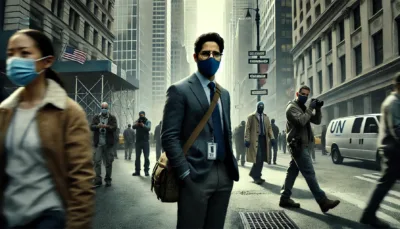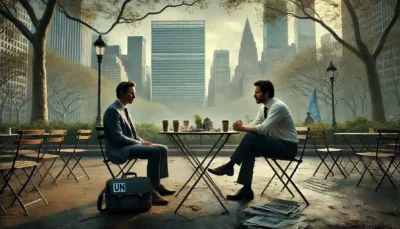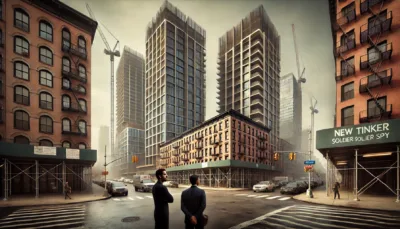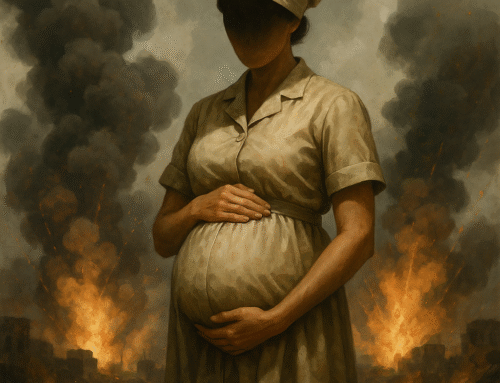The city was filled with masked faces, an urban masquerade that had become the norm. Anthony and Hadi navigated the streets of New York City, a landscape forever altered by the relentless grip of a pandemic that had extended far beyond the predicted two weeks. The metropolis, once synonymous with resilience and vibrancy, now bore the scars of collective trauma etched onto the faces of its inhabitants.
“It is weird walking around the city and seeing everyone in masks. It is like we are in China. I am used to seeing pictures of China and people in their masks. I don’t think it is something I will ever get used to here in NYC,” Anthony observed, his camera capturing fleeting glimpses of masked expressions that reflected a blend of caution and weariness.
“Two years later and we are still in masks. They said two weeks,” Hadi remarked with a cynical edge. “The city doesn’t feel like her former self. I can see trauma on everyone’s face.”
“It is like caging an animal for two years with minimum survival skills. I think that is the source of trauma. No one was ready for it.”
As they strolled along Fifth Avenue via 42nd Street, the city echoed with a strange silence, a stark contrast to the bustling energy that once defined it. The unsettling normality of masks and social distancing had cast an air of suspicion over daily interactions.
“Will things ever go back to normal?” Hadi questioned, a hint of skepticism in his voice.
“We have a new normal now, and it is still unfolding. And in this new reality, everyone is suspicious of everyone else. We are all learning how to be around one another all over again. It is an odd feeling,” Anthony remarked, his lens capturing a city grappling with an uncertain future.
“New York is a living entity, always changing,” Hadi mused, the cityscape serving as a metaphor for the metamorphosis within the organization they served.
Anthony, attuned to the nuances of the city, continued to document its evolving story. “Change isn’t always bad,” he reflected, his gaze sweeping across the skyline. “Maybe we should take a lesson from the city. Adapt, evolve, but never lose the essence that makes us who we are.”
Their journey led them to Bryant Park, an oasis nestled between the towering structures of 5th and 6th avenues. Amidst the greenery, they sought a table to engage in a conversation that transcended the uncertainties of their professional lives.
 “Are you settled in already?” Hadi asked, “Have you found a place yet?”
“Are you settled in already?” Hadi asked, “Have you found a place yet?”
“I am still looking. Prices are crazy.”
“You should have been here during the pandemic. They were giving away apartments for free.”
“And what happened? We are back to the pre-pandemic prices if not more,” Anthony commented, the transient nature of the city’s generosity revealing its underlying complexities.
“Don’t get me started. I still think it is related to people movement. They wanted new blood in the city. They threw everyone a carrot, luring them into these new developments for low prices, and they didn’t lock in those prices. Many people moved in and lost their lower rents in other neighborhoods.”
“Gentrification?”
“I think so.” Hadi replied, “it is like what they did to Harlem back in my college days. They did it to downtown Brooklyn, and they are doing it all over the five boroughs. It is like a reshuffle of the city’s population.”
“Do you think humans must keep moving around to appease those in power?” Anthony questioned. “It seems like you are really buying into this narrative. It is not the first time you mention people movement.”
“I really don’t know, but it makes sense to me. Someone out there is against the idea of humans settling in any place. It is like farming soil; you must mix and freshen it every now and then. And us humans, we are not always at our best when we get comfortable.”
“You have a point there. We tend to slack.”
“We become a village-like environment.” Hadi said, “a very singular-minded unit.”
“And what’s wrong with villages?” Anthony took a sip of coffee, “villagers today have the same access to everything as urban dwellers.”
“There is nothing wrong with villages or villagers. Cities and villages have different properties. Cities are all about plurality and opposing ideas that turn the wheels of societies into unknown and unexplored territories. It is the constant movement of a city that brings about our progress as humans. While the village’s calmness and consistency maintain our survival.”
“So, you are saying that people who get comfortable in cities or settlers end up slowing down progress because their lives are focused on survival rather than progress.”
“Yes, sir. This is exactly what I am trying to say. Now, are they doing it to us? That I don’t know, we can only theorize.”
“An evil mind is cooking this stuff, and similar things were done in the past. It is very much within our capacity to think we are better than others and make decisions for them.”
As the two continued to converse, the cityscape transformed around them. Anthony extracted a piece of paper and wrote, “7 to T.S. to N to 59.” To this, Hadi nodded in agreement.
“It is almost that time to go. I must start heading to Brooklyn for a shoot,” Anthony stated as he began to collect his things.
The two friends navigated the crowds, making their way to the subway station beneath the iconic NY public library. Once underground, they boarded the 7-train line headed to Times Square. As the train carriages set in motion, they both proceeded to remove the SIM cards from their cell phones. It was the only way to have an unmonitored conversation in today’s world.
In the dimly lit subway car, surrounded by a sea of masked faces, Hadi glanced at Anthony. The unspoken understanding between them echoed, an acknowledgment of the watchful eyes that might be tracking their every move. The city, once a beacon of freedom, now held secrets that danced in the shadows.


